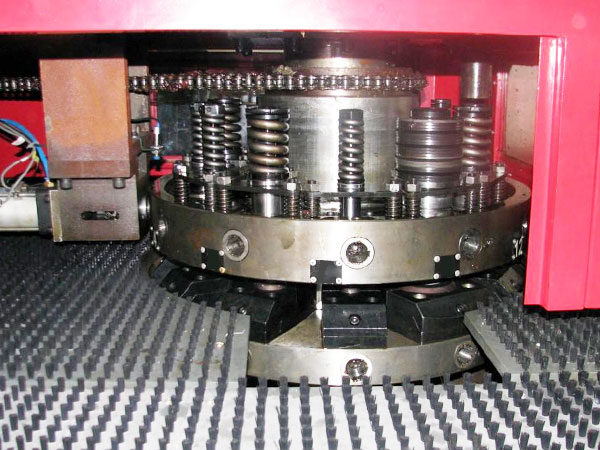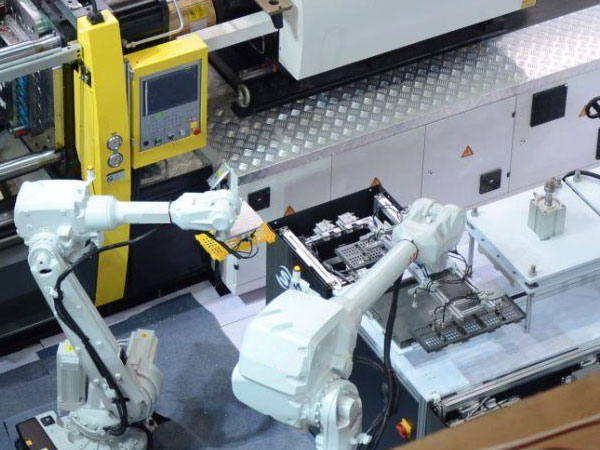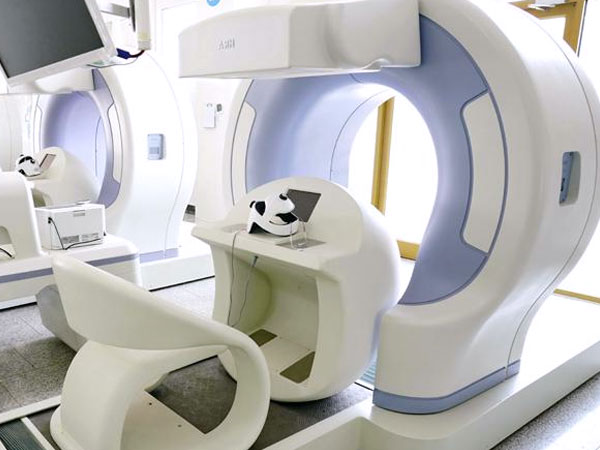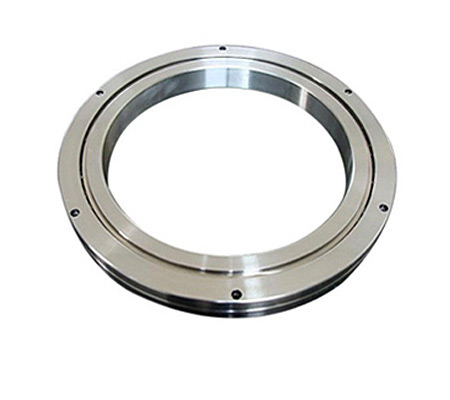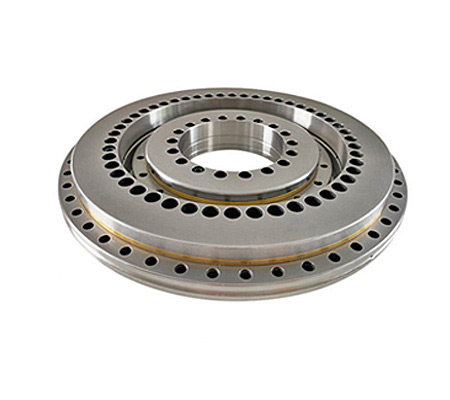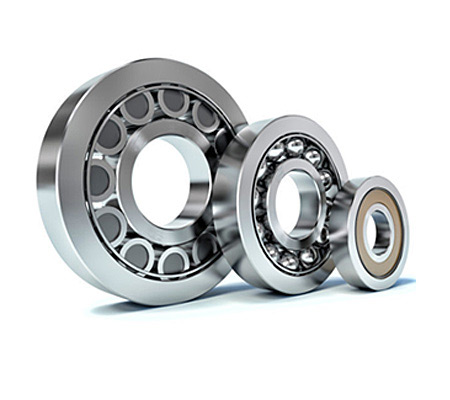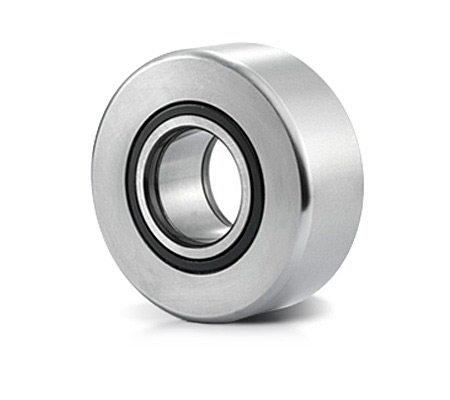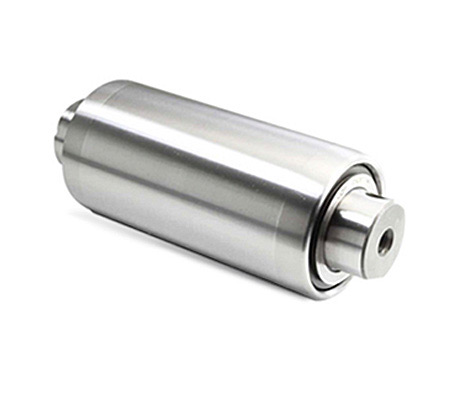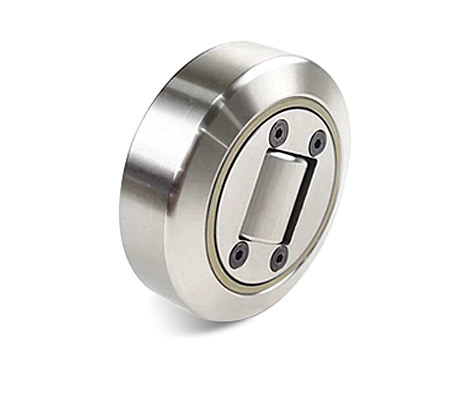In the existing industrial production environment, CNC vertical lathes are widely used in industrial production. However, most of the existing CNC vertical lathe spindle structure applications still use the traditional structure, that is, the combination of double row cylindrical roller bearings and plane bearings. Compared with traditional structural applications, crossed roller bearings have many advantages. They not only meet the requirements of traditional spindle structure applications, but also have a better effect in optimizing the spindle structure of CNC vertical lathes.
Crossed roller bearings are divided into two categories, one is cylindrical crossed roller bearings, and the other is tapered crossed roller bearings. In general, the cost of tapered cross-roller pipes is relatively high. The application of tapered cross rollers in vertical lathes is very helpful for studying the application of cross rollers in CNC vertical lathes. The motor drives a pair of bevel gears through the gearbox to drive the large ring gear and the worktable to rotate around the main shaft. The main shaft bearing adopts 2 sets of double row cylindrical roller bearings with a taper in the inner ring hole. This taper is combined with the tapered surface on the main shaft. Raising the inner ring of the bearing can increase the diameter to adjust the radial clearance of the bearing. The hydrostatic guide rail is used to float, and the oil film detection mechanism is used to servo-adjust the oil supply. The main processing parts of vertical lathes are now developing in the direction of large-scale and heavy-duty structures.


